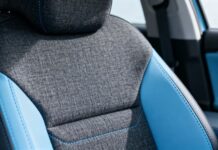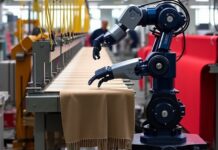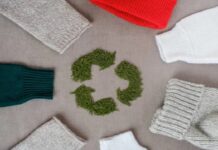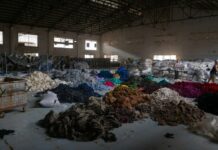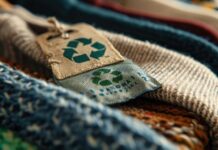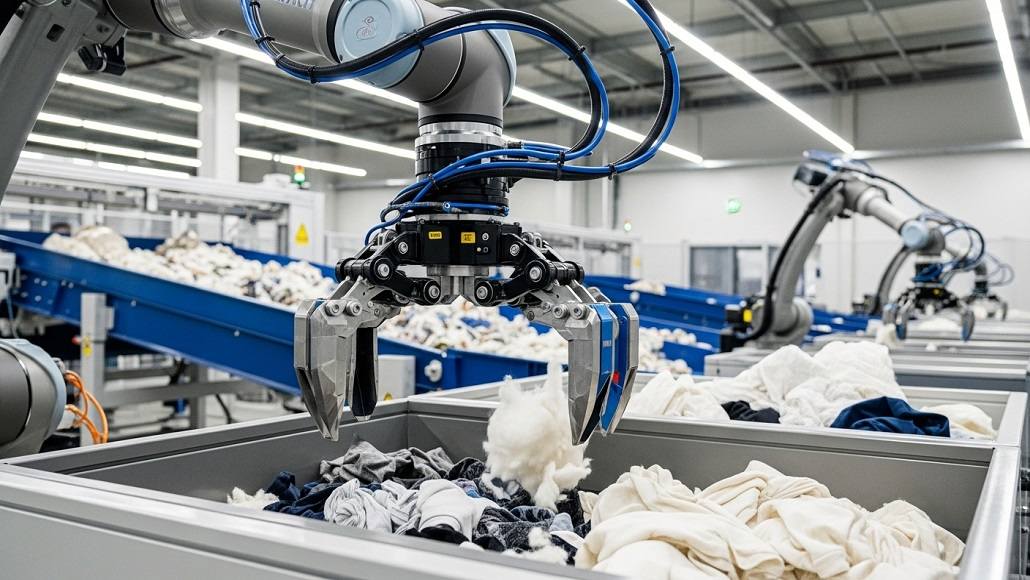A research team from the University of Klagenfurt is innovating new technologies to enhance the efficiency of robotic grippers in sorting textiles. With approximately 100 billion clothing items produced worldwide each year—many ultimately entering recycling processes—manual sorting of used textiles requires considerable human labor. The objective of this new technology is to automate and optimize this procedure.
“At present, automatic sorting systems mainly use contactless methods, such as visual and near-infrared sensors. But when people sort old textiles, they can do much more: When they touch the textiles, they can also quickly classify what should be reused and what should be recycled based on the feel of the fabric,” explained Hubert Zangl, project manager of AdapTex at the Department of Smart Systems Technologies at the University of Klagenfurt.
“Physical interaction with objects and the evaluation of haptic feedback are not yet sufficiently developed in robotics. When sorting textiles, robots have to work in a complex environment with randomly assembled quantities of textiles made from different materials and in a wide variety of shapes and sizes. Contamination can further complicate matters,” continued Zangl.
The gripping process is a critical element in the effective sorting of materials within recycling facilities. Therefore, the research team is concentrating on enhancing the physical interaction between robotic grippers and textiles to improve both handling and classification. They are working on developing textile-based, adaptive sensor skins for the robotic grippers.
“These will be intelligent materials containing networks of sensors and actuators that can adapt optimally when touched,” stated Hubert Zangl. The innovative properties of AdapTex skin hold promise not only for textile recycling applications but also for various sectors within the textile industry, such as sportswear, lifestyle clothing, and rehabilitation garments. Additionally, the enhanced capabilities and functionalities could benefit robots used in industrial manufacturing and automation.
The AdapTex project is coordinated by the University of Klagenfurt and the AAU/SAL USE Lab, with partners including Grabher Group, Infineon Technologies Austria AG, Silicon Austria Labs, and V-trion. The project receives support from the Austrian Research Promotion Agency.











